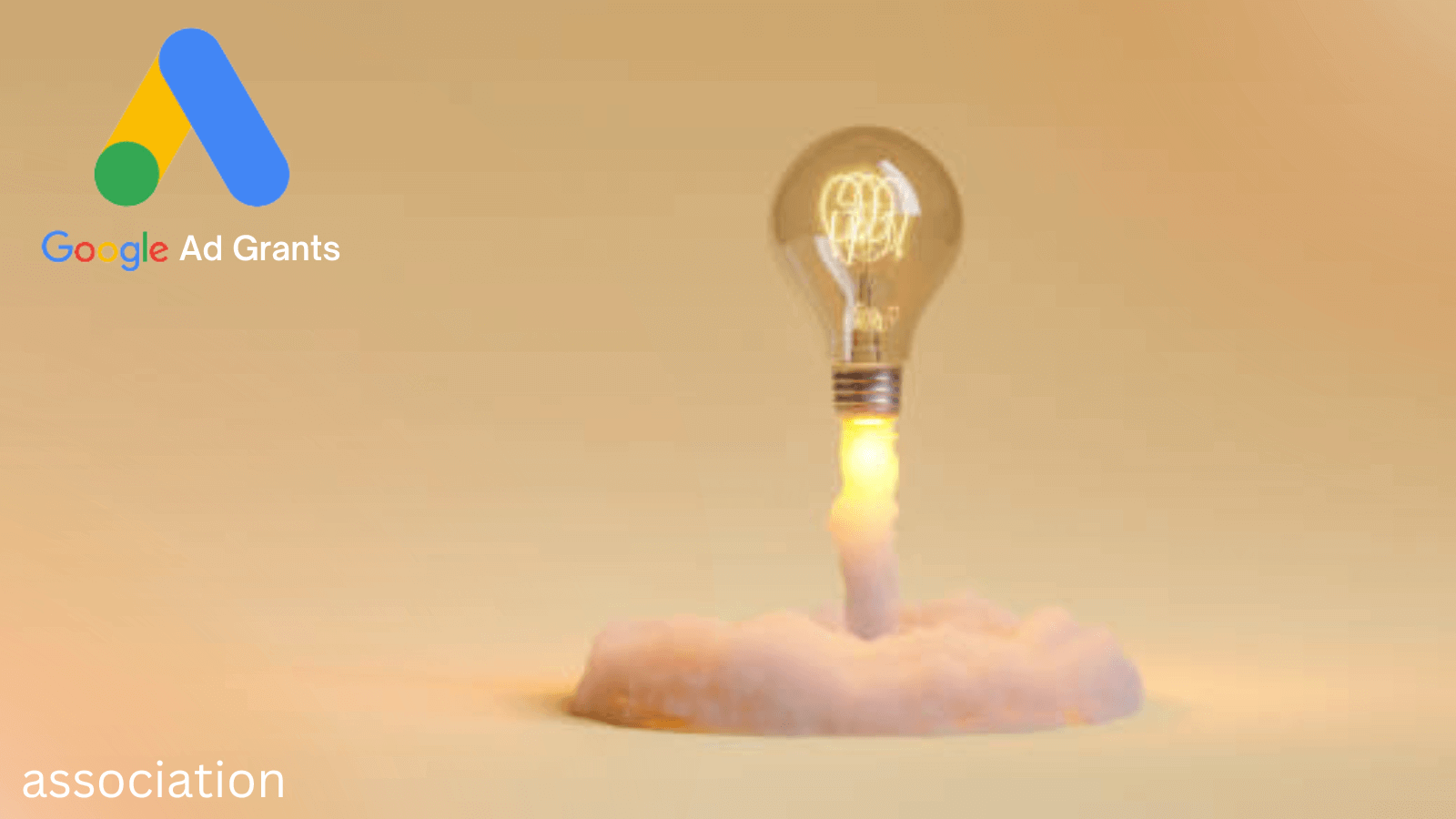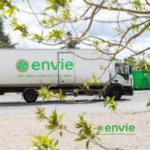
Google Ads and Ad Grants: Optimizing your association campaigns
1. Key Differences Between Google Ads and Ad Grants
Eligibility and Cost:
Google Ads is a paid advertising platform available to all businesses and organizations, where users pay for each click on their ads.
Google Ad Grants is a version specifically designed for nonprofit organizations. Eligible organizations receive a monthly credit of up to 10,000 $ for free ads on the Google Search Network.
The Fundamental Difference: The Secondary Auction
To avoid disrupting the auction system and disadvantaging its paying advertisers, Google has implemented a secondary auction system for Google Ad Grants. During a query, paid advertisers compete to display their ads first. If ad space remains unsold, it is then made available to Ad Grants accounts during a secondary auction. This has several consequences:
Google Ad Grants ads consistently appear below paid ads, making it difficult to protect your brand name from paid advertisers.
Costs per click (CPC) are generally higher on Google Ad Grants due to intense competition for remaining ad space.
Restrictions and Rules:
Google Ads offers more flexibility in terms of location targeting, ad types, and ad spend.
Google Ad Grants imposes restrictions such as maximum bids, ad quality requirements, and limitations on location targeting.
Complexity and Features:
On Google Ads, you choose your keywords and run ads on them. The question remains at what price and with what results.
On Google Ad Grants, there is no guarantee that you will be able to advertise your ads due to the secondary auction system seen above. In reality, only 5% of the associations on Google Ad Grants manage to spend the 10,000$ of free advertising.

2. How to identify a Google Ads and Ad Grants account?
It's not at all easy to distinguish a Google Ad Grants account from a regular Google Ads account by consulting the Google Ads interface. To do this, follow these steps:
1. Checking Billing Status:
Go to the “Billing” tab in your Google Ads account.
A Google Ad Grants account will display a specific billing status indicating that it is a non-profit account or an account with promotional credit. There should not be any standard credit card details or payment methods as you would see in a regular Google Ads account.
2. Analyze Account Notifications
Google Ad Grants accounts receive specific notifications related to Ad Grants program compliance policies.
Check any alerts or notifications in the interface to see if they mention any Ad Grants-specific guidelines.
3. Account Information in Settings
In the account settings, there may be information indicating that the account is associated with a nonprofit organization or that it is enrolled in the Google Nonprofit Program.

3. How to Optimize Google Ads and Ad Grants for Nonprofits?
Understanding Your Association’s Objectives:
Clearly define your goals (awareness, fundraising, volunteer engagement) and choose the platform that best fits each objective. Fundraising will be much faster with paid Google Ads, while increasing awareness of your cause or recruiting volunteers can be done without a marketing budget on Google Ad Grants due to less competition in the sector.
Improving Ad Quality
Make sure your ads and landing pages are high quality and relevant. This will not only improve your ads' quality score, but also increase click-through and conversion rates. On Google Ads, a poor quality score >5 will make you pay more for your clicks (CPC), while on Google Ad Grants you won't even show.
4. Synergies between Google Ads and Ad Grants
Complementarity of Strategies:
Use Google Ad Grants for long-term awareness and fundraising campaigns throughout the year. Reserve Google Ads for targeted campaigns, such as special events or urgent calls to action during certain key moments throughout the year.
Experimentation and Cross-Learning:
Use your Google Ad Grants account as a testing ground to test your keywords, ads, and landing pages. After testing, you can select the best-performing elements to amplify them with paid Google Ads. This will save you time and money in your learning process.



